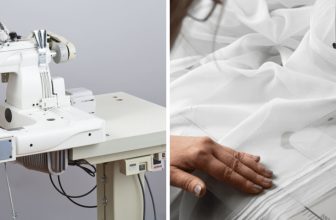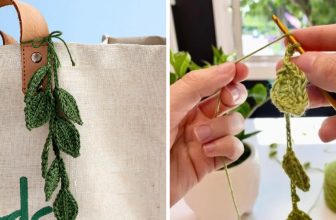How to Describe Fabric Texture
The fabric texture is an essential aspect of fashion design. It can add interest and visual appeal to a garment and convey the intended mood or atmosphere. There’s more to fabric than just the color and design. The texture of the material is essential, too. It can add interest and personality to a piece of clothing or furniture.
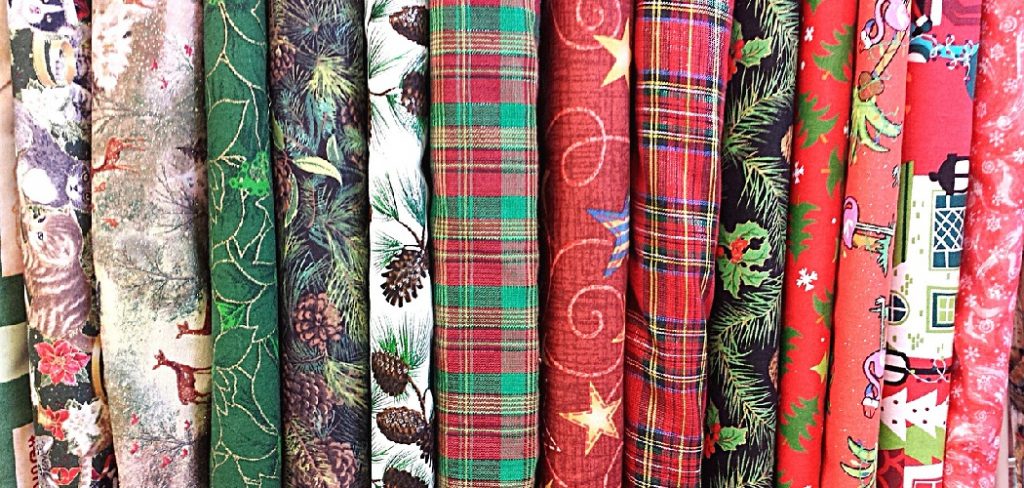
Knowing how to describe fabric texture can help you choose suitable fabrics for your projects. In this post, we’ll look at some ways to describe fabric texture. We’ll also explore creating different textures using various materials and techniques. So if you’re looking to add some extra dimension to your designs, read on!
What Is Fabric Texture?
Textures are the characteristic features of the surface of an object that can be felt or seen through touch or sight alone. They are created by particles, fibers, stitches, bundles, and other unique features on the object’s surface.
For example, the fabric is made up of threads weaving together to form a pattern. Due to this construction, materials often have unique textures depending on their type, weave, and mill.
The fabric texture is the quality of a cloth’s surface as differentiated by its visual and tactile qualities. Each type has a unique set of distinguishing features. For example, silk fabric tends to feel slippery, cotton feels stiff yet comfortable, and wool can be itchy or soft depending on the thickness of the thread.
Some materials have more than one texture, depending on how it is manufactured. There are many different types of textiles, each with various textures ranging from smooth to rough.
Why Is Fabric Texture Important?
As a writer, you want to convey details to your readers about what fabrics characters are wearing to help them visualize the clothing. While the descriptions may seem too minute for words, having detail about fabric texture can help set a scene and give a physical presence to the characters’ clothes. As a reader, it’s essential to picture what is being worn to connect with the characters more.
Describing fabric texture can also be used to relay character information. For example, if a character is wearing silk clothing that they are frugal with, they might not describe their attire in detail or at length because it’s not essential to them and it’s not valuable to them.
However, if a character who likes wearing silk describes their clothing, you might learn more about them as a person because the language they use gives insight into what fabrics are essential to them.
Five Types of Fabrics for Different Textures
1. Cotton:
A soft, fluffy fabric made from fibers of the cotton plant. It is breathable and warm in winter. It is cool and comfortable in summer. Cotton fabrics can be made into different textures (e.g., twill, chambray, denim, corduroy).
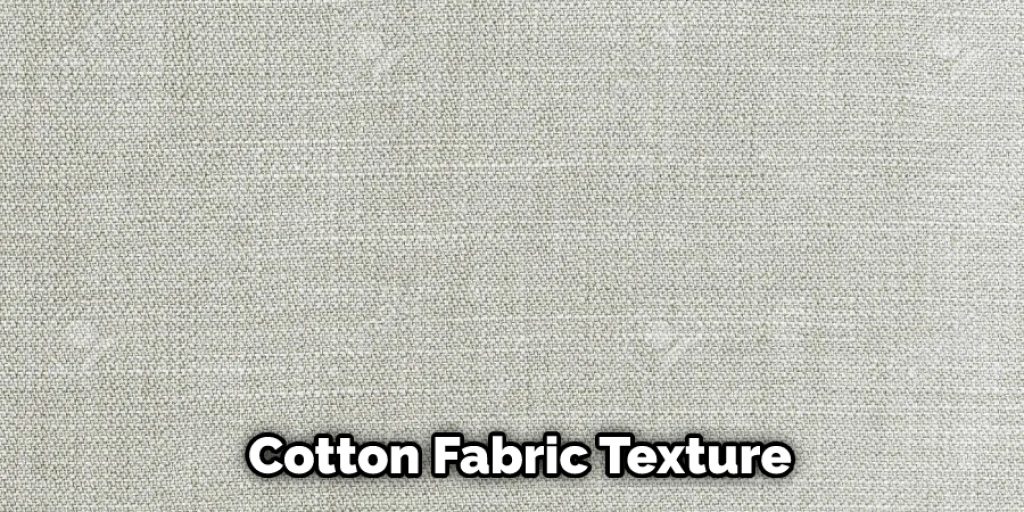
2. Silk:
A natural fiber fabric from the silkworm cocoon. It has a very smooth texture and glistens when the light reflects off of it. It can be dyed in many different colors and is a very luxurious fabric to wear.
3. Linen:
A plant fiber that comes from the flax plant. It is excellent in summer and warm in winter, holding heat well. However, it wrinkles easily and needs to be ironed to look nice and neat. Again, it wrinkles easily, but it is solid fabric.
4. Wool:
A natural fiber from sheep that comes in many different thicknesses and degrees of coarseness. It is warm and musty, holding heat well and keeping its wearer warm. However, wool does not breathe well, making it uncomfortable to wear in the summer.
5. Synthetic:
A fabric that has gone through chemical changes to morph into a new fiber that is not natural. It can be made to look like any other fabric, but the texture will never match the real thing exactly because it is created in a lab.
How to Describe Fabric Texture: Seven Factors to Consider
1. Size of the Fibers
The size of the fibers in the fabric will determine how light or heavy it is. A very fine or thin-looking fiber which means tiny fibers will usually be more lightweight than a larger fiber, at least when considering fabrics alone.
2. Type of Fabric
The ‘type’ of fabric will help determine whether a fiber is thin or thick. Generally, in most fabrics, mainly knit and woven cotton fabrics, the threads are parallel to each other, making them less likely to cause that type of texture than if they were just randomly placed.
3. Placement of Fibers
The fibers’ placement in a fabric decides whether it will be lightweight or heavy and also affect the texture. If the fibers are all close together, you can expect that this will show up in your description more than when they’re further apart. An excellent example would be cheap, synthetic-made fabrics where the fibers are all close together.
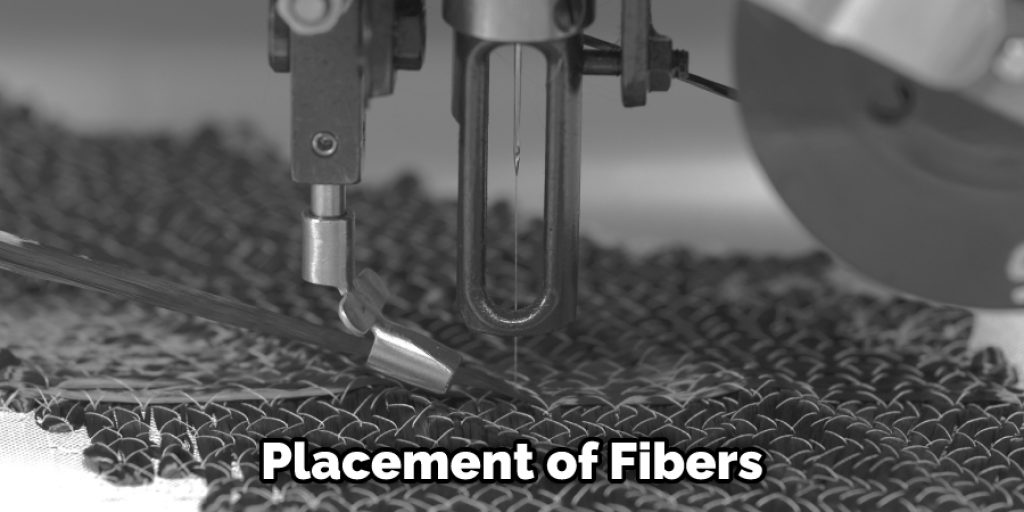
4. Twist of the Yarns or Weave
The ‘Twist’ of yarn is how it’s been coiled and whether this has caused the fabric to be more or less thick or thin. The tighter that the fibers have been twisted together, the heavier weight it will be, for example if they were tightly twisted into a rope-like form. A looser twist would therefore be thinner and lightweight.
5. Dyeing Process
If the dyeing process has meant that the fabric has been ‘washed’ in any way, this will usually bring about a thinner type of weave unless it’s incredibly thick. A lighter color would also produce a lightweight but bright fabric, whereas darker shades are thicker and heavier.
6. Woven or Knitted Fabric
As mentioned above, woven fabrics are generally made of thinner fibers than knitted fabrics. This is because the fibers are stretched across a loom, whereas with knitted fabric they are simply twisted together into loops instead of being stretched taut. Knit fabrics drape that much better due to this but also tend to be warmer as well if you’re thinking of making a winter coat, for instance.
7. Pattern of the Fabric
The fabric’s pattern can make it lighter or heavier by adding more or less texture. The design affects this as well as whether there are different types of ‘weaves’ going on e.g., a woven tweed fabric would be thicker due to the weave being made up of more than one type of fiber.
How Fabric Texture Influences Fashion Designing?
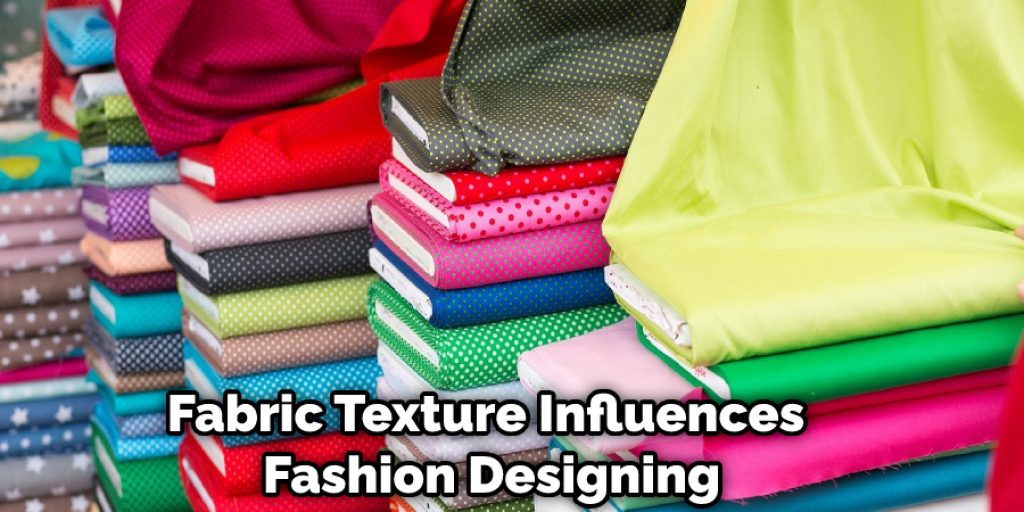
The texture or feel of the cloth is an important factor that affects the design and styling of clothing. The look and feel of fabrics often influence brand, style, and season trends. Texture defines the distinct qualities which distinguish one fabric from another: its weight, drape, softness (or crispness), handle and feel, resilience (bounce), sewability, and hand.
Texture also affects the judgment of cut, design, and styling. For example, textile or fabric that is smooth often feels sleeker than fabrics with a grainy surface. There are three particular types of clothing fabrication: woven fabric cloths, knitted fabric cloths, and nonwoven fabric cloths. Weaving is used to creating any textile but creates durable and robust fabric cloths. Knitting creates garments by interloping yarn or thread in a grid-like pattern.
How to Draw Fabric Textures?
Drawing fabric patterns can be overwhelming at first glance because you have different elements such as threads crossing each other, shading from light to dark, and most of all, creating the illusion that you are touching the fabric. To make things easier for you, start by drawing a grid on your drawing paper.
If you do not have drawing paper, use a computer and create a 12 inches high by 18 inches wide with one-inch squares. Place the fabric at least three feet away from you while still being able to see it clearly. Without looking at your drawing paper, feel the fabric and make shapes using your pencil according to how the fabric feels.
Some Tips and Suggestions
Here we have given some tips and suggestions on how to describe fabric texture.
1. Fabric is subjective to the person. What one person likes, another might not. So it’s best to describe fabric in a general way that people can relate to rather than going into extreme detail about what you think about the texture of a specific material.
2. Fabric has different textures for a reason. When describing a fabric, it’s best to consider why the designer chose that specific texture in this particular garment or project.
3. Fabric has different textures and purposes in clothing and accessories (this is very obvious). But it also serves another purpose: comfort and practicality. So be sure to describe how your fabric fits into these categories.
4. Fabric is made up of many different fibers, so you can describe what the thread is made of.
5. The environment in which your objects are being used should be described if the designer or client has not already thought about it.
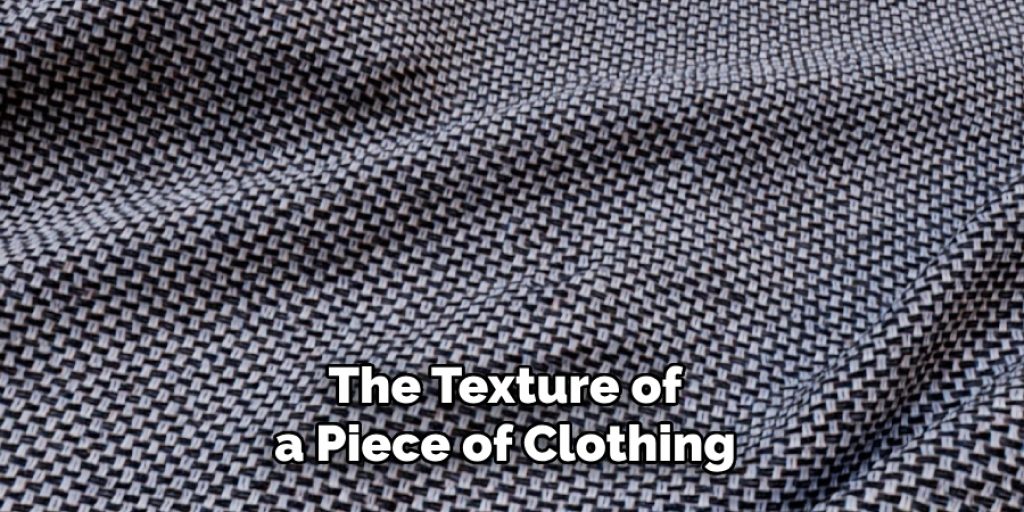
Conclusion
There are many ways you can describe the texture of a piece of clothing, but one way is by using specific adjectives that convey the feeling or sensation your clothes give you when touched. For example, if someone touches cotton and feels its lightness due to its thin fibers, they might say it’s soft as silk.
Fabric texture can be described as the feel of the fabric. It’s not easy to tell because it varies depending on many factors, such as the fiber content, weave type, and weight.
The best way to identify a fabric is by understanding what it feels like when you run your hand over it. If so, that means fibers are poking up from somewhere in the material, which will cause friction. Smooth fabrics are usually made with synthetic materials, while textured ones are more likely natural fibers. We hope this blog post on how to describe fabric texture has been helpful. Let us know your thoughts in the comments below!


